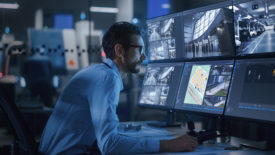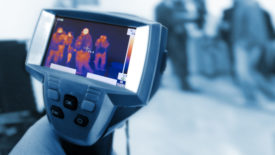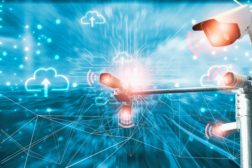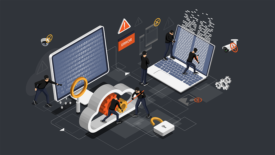Video Solutions
Today’s video management software solutions are addressing security end users’ needs more than ever.
Read More
4 Questions to Help You Select Your Next NVR
The next time you meet with a new vendor to learn about their network video recorders, you’ll know what to ask them — and what they might tell you.
October 21, 2022
Video Analytics: Adding Steak to the Sizzle
While a global pandemic created new needs for video analytics beyond security, a burst of tech advances made it more sophisticated.
September 16, 2022
Keeping Current With Thermal Imaging Advances
The COVID-19 pandemic thrust thermal imaging to the forefront of technology applications used to stem the spread of the disease, with mixed results. Industry experts explain how to take advantage of this heightened awareness and capitalize on new opportunities moving forward.
July 1, 2022
Video Monitoring
The Role of AI-Powered Analytics in the Central Station
Today it’s all about bringing video alarms into a central station, where they are acted upon in real time by a real agent. It’s made possible through artificial intelligence, which delivers precise detection with fewer false alarms, and the ability to prevent incidents before they occur.
June 29, 2022
Video Surveillance & Cyber Risk: More Devices, More Problems?
While sophisticated IP cameras are capable of doing more than ever, they can also be more vulnerable to hacking — and vendors, integrators, and customers must all be vigilant to keep things safe.
May 20, 2022
IT & Video Storage
How current concepts can meet future needs and help integrators help their customers and close the deal.
April 14, 2022
Video Surveillance
Deconstructing AI for VMS
Security experts weigh in on the past, present and future of artificial intelligence in video management systems.
February 25, 2022
Get our new eMagazine delivered to your inbox every month.
Stay in the know on the latest security marketplace trends.
SUBSCRIBE TODAY!Copyright ©2024. All Rights Reserved BNP Media.
Design, CMS, Hosting & Web Development :: ePublishing












